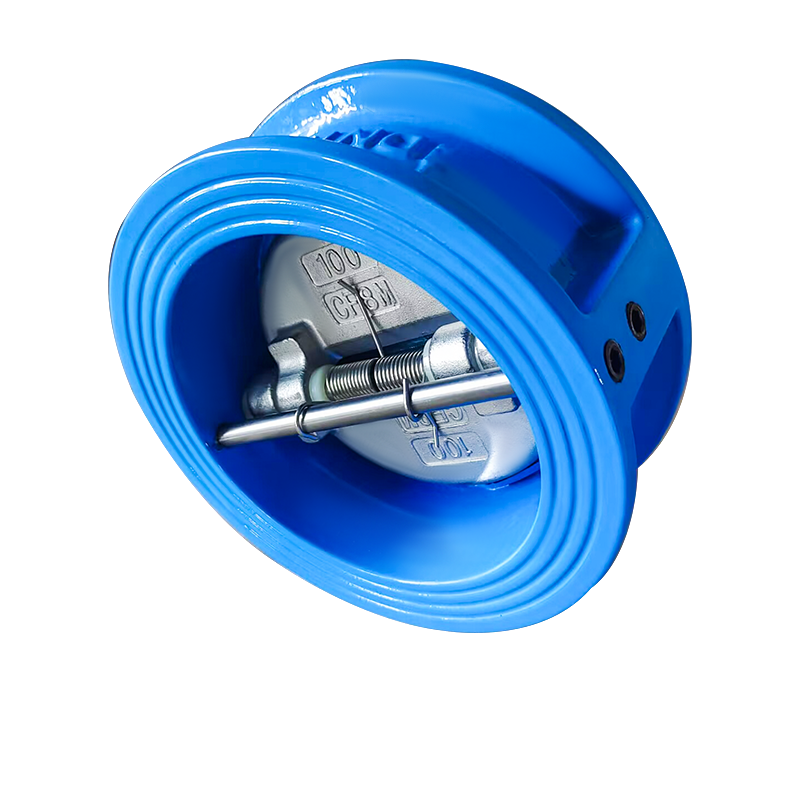
- Call Us
- +8618633052223
- njhdvlz@163.com
Aug . 09, 2024 05:05 Back to list
China's Manual Butterfly Valve Featuring Integrated Limit Switch for Enhanced Control and Safety
China Manual Butterfly Valve with Limit Switch An Overview
In industrial applications, the importance of efficient fluid control cannot be overstated. Among the various types of valves utilized for this purpose, the butterfly valve stands out due to its simplicity, versatility, and reliability. In China, one of the notable innovations in this realm is the manual butterfly valve equipped with limit switches. This article explores the features, benefits, and applications of these valves, emphasizing their role in modern fluid management systems.
A butterfly valve is a quarter-turn valve that uses a rotating disc to regulate the flow of fluids. When the valve is open, the disc is rotated parallel to the flow, allowing for unrestricted passage. When closed, the disc is rotated perpendicular to the flow, effectively blocking it. Manual butterfly valves operate with a handwheel or lever that allows for direct control by an operator. However, the introduction of limit switches adds a new dimension of precision and efficiency to the operation of these valves.
Limit switches are devices that provide feedback regarding the position of the valve, indicating whether it is open, closed, or in a partially opened state. This feedback is vital in automated and semi-automated systems, where monitoring the flow is critical for operational safety and efficiency. By integrating limit switches into manual butterfly valves, operators can achieve a higher level of control, ensuring that the valve operates within the desired parameters.
One of the key advantages of using manual butterfly valves with limit switches is the enhanced safety they offer. In many industrial processes, particularly in the chemical, oil, and gas sectors, the consequences of incorrect valve positioning can be severe. Limit switches minimize such risks by providing precise feedback, allowing operators to make informed decisions based on the current state of the valve. This feature is particularly important in emergency situations where rapid responses are required.
china manual butterfly valve with limit switch

Additionally, these valves are designed for durability and longevity. The materials used in their construction, typically stainless steel or high-grade plastics, ensure that they can withstand harsh environments and corrosive fluids. The limit switches themselves are also designed to endure challenging conditions, providing reliable performance regardless of temperature fluctuations or exposure to chemicals.
Furthermore, the integration of limit switches into manual butterfly valves enhances operational efficiency. Operators can monitor multiple valves simultaneously, streamlining the process of flow control in large-scale operations. This capability not only reduces the need for constant manual checks but also allows for more effective and timely interventions when adjustments are necessary.
The applications of manual butterfly valves with limit switches are vast and varied. They are commonly found in water treatment plants, wastewater management systems, food and beverage processing facilities, and chemical processing industries. In each of these settings, the ability to accurately control fluid flow is essential for maintaining quality and safety standards.
In conclusion, the manual butterfly valve with limit switch represents a significant advancement in fluid control technology. By combining the simplicity of manual operation with the precision of electronic feedback, these valves provide an effective solution for a wide range of industrial applications. Their durability, enhanced safety features, and operational efficiency make them a reliable choice for industries that require robust and precise fluid management systems. As the demand for efficient fluid control solutions continues to grow, the importance of innovations like the manual butterfly valve with limit switch will only increase.
-
Stainless Steel Sanitary Butterfly Valve for Hygienic Flow Control
NewsJul.30,2025
-
High-Performance Groove Butterfly Valve for Easy Installation
NewsJul.30,2025
-
High-Quality 2 Inch Butterfly Valve for Precise Flow Control
NewsJul.29,2025
-
Double Flanged Short Pattern Butterfly Valve for Reliable Flow Control
NewsJul.29,2025
-
High Quality Wafer Check Valve Factories – Reliable Manufacturer & Supplier
NewsJul.29,2025
-
Stainless Steel Sanitary Butterfly Valve for Hygienic Applications
NewsJul.28,2025